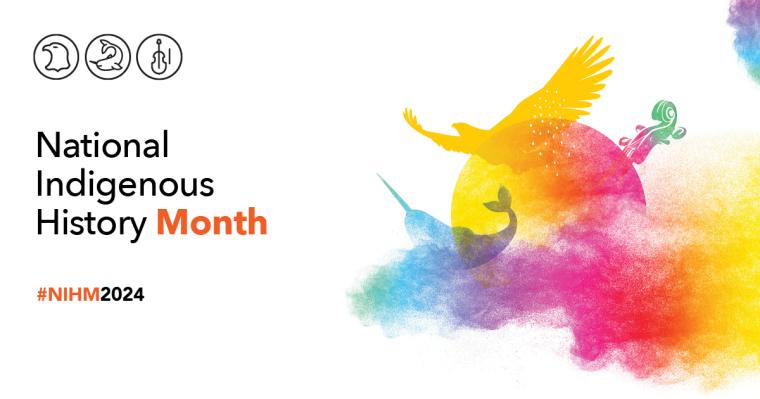- Managing your Practice
-
- Your Benefits
-

Introducing the ultimate Club MD experience
From work to play, and everything in between, we provide you with access to hundreds of deals from recognizable, best-in-class brands, elevating every facet of your life – from practice supports to entertainment, restaurants, electronics, travel, health and wellness, and more. Your Club MD membership ensures that these deals are exclusive to you, eliminating the need to search or negotiate.
Welcome to the ultimate Club MD experience. Your membership, your choices, your journey.
-
- Advocacy & Policy
-
- Collaboration
- News & Events
-

Stay Informed
Stay up to date with important information that impacts the profession and your practice. Doctors of BC provides a range of newsletters that target areas of interest to you.
Subscribe to the President's Letter
Subscribe to Newsletters
-
- About Us
-
Doctors of BC Statement on National Indigenous History Month 2024
June 3, 2024
News

Doctors of BC recognizes National Indigenous History Month in Canada by acknowledging the culture, traditional knowledge, and the achievements of Indigenous Peoples across this land, and whose presence continues to have an evolving impact.
The land on which Doctors of BC operates and supports physicians is the traditional, ancestral, and unceded territories of the Coast Salish peoples, including the xwməθkwəy̓əm (Musqueam), Skwxwú7mesh (Squamish), and Səl̓ílwətaʔ/Selilwitulh (Tsleil- Waututh) Nations, whose strong relationship with their territories endures today.
Fifteen years ago, the House of Commons declared the month of June as National Indigenous History Month – a time to honour First Nations, Inuit, and Métis peoples across the country and to encourage a desire for Canadians to learn more about Indigenous Peoples. This month celebrates the diverse and distinct cultural practices and spiritual beliefs, Indigenous languages, and connection to the land that was once lost to colonialism.
As important, June 21 is recognized as National Indigenous Peoples Day. This is the summer solstice which marks the beginning of the salmon and berry picking season, and is celebrated by many Indigenous communities as a sacred time to give thanks to the Creator.
Within the Doctors of BC’s strategic plan (2024-2029) is our commitment to Truth & Reconciliation and advancing equity, justice, and cultural safety in health care. Along with the Joint Collaborative Committees (JCCs) we are committed to advancing Indigenous Specific Anti Racism (ISAR) and Cultural Safety (CS) by co-creating opportunities for members and staff, in partnership with First Nations, Inuit, and Métis peoples.
We encourage physicians and our staff to appreciate the significance of National Indigenous History Month and take time to seek out opportunities to attend community events, and support Indigenous artists, writers and musicians.
We lift our hands to the leadership, partnership, and strength of Indigenous Peoples. Together, we can contribute to the wellness of all Indigenous families.
Additional Resources
- Doctors of BC YouTube Channel (Past JCC co-hosted Indigenous Cultural Safety Webinars)
- Compassionate Leadership Course: The Compassionate Leadership Community of Practice and its training program is led by Shawn and Heather Atleo. The training is grounded in Indigenous and Western pedagogy and instills connective, empathic skills in rural health leaders. Please contact Katrina Bepple at RCCBC if you are interested in joining a cohort.
- Collaborate on Health in BC - Upcoming Events
- Len Pierre Consulting
- UBC Learning Circle (Centre for Excellence in Indigenous Health)
Description of visual elements for National Indigenous History Month
Among the various visual elements illustrating Indigenous cultures, the sun represents the summer solstice. First Nations, Inuit, and Métis as well as the four elements of nature (earth, water, fire and air) are represented by different symbols and colours. The visual is supported by a multicoloured smoke* reminding us of Indigenous spirituality but also the colours of the rainbow, symbol of inclusion and diversity of all First Nations, Inuit and Métis communities and their members.
*Smoke is used in different ways by all three Indigenous groups in Canada. Whether it is to smoke fish and meat, to burn sage and tobacco, or for sacred ceremonies or celebrations, it is a significant symbol in Indigenous cultures.
Description of the three icons:
- The eagle represents First Nations
- The narwhal represents Inuit
- The violin represents Métis




